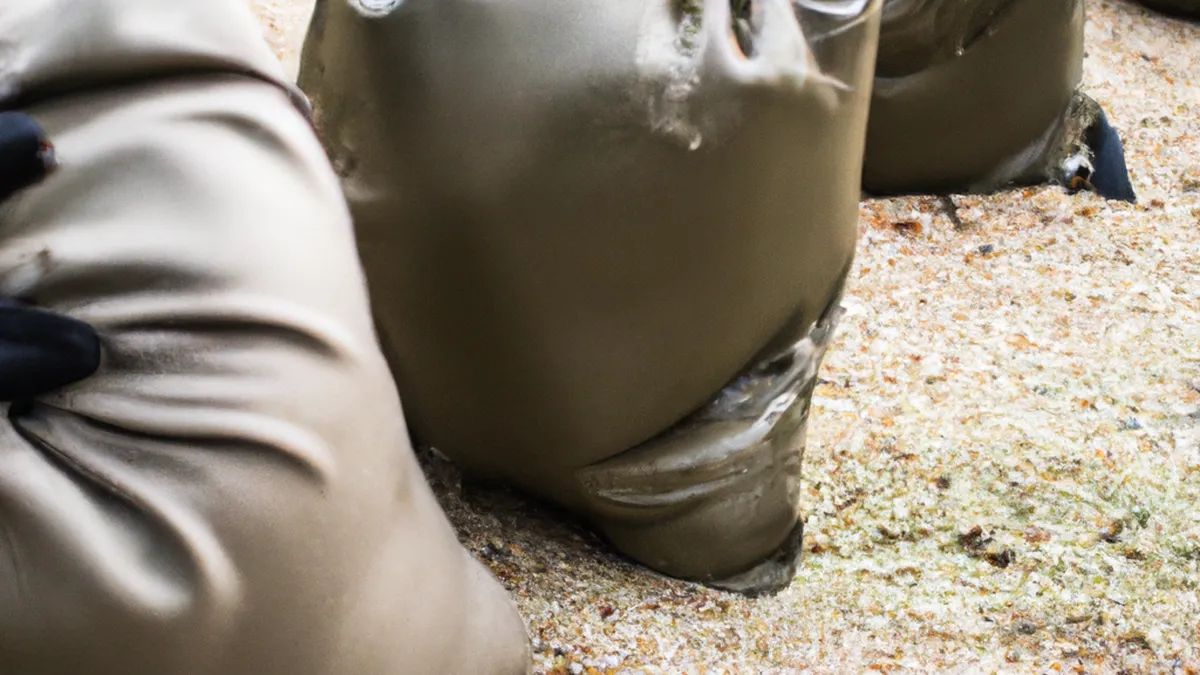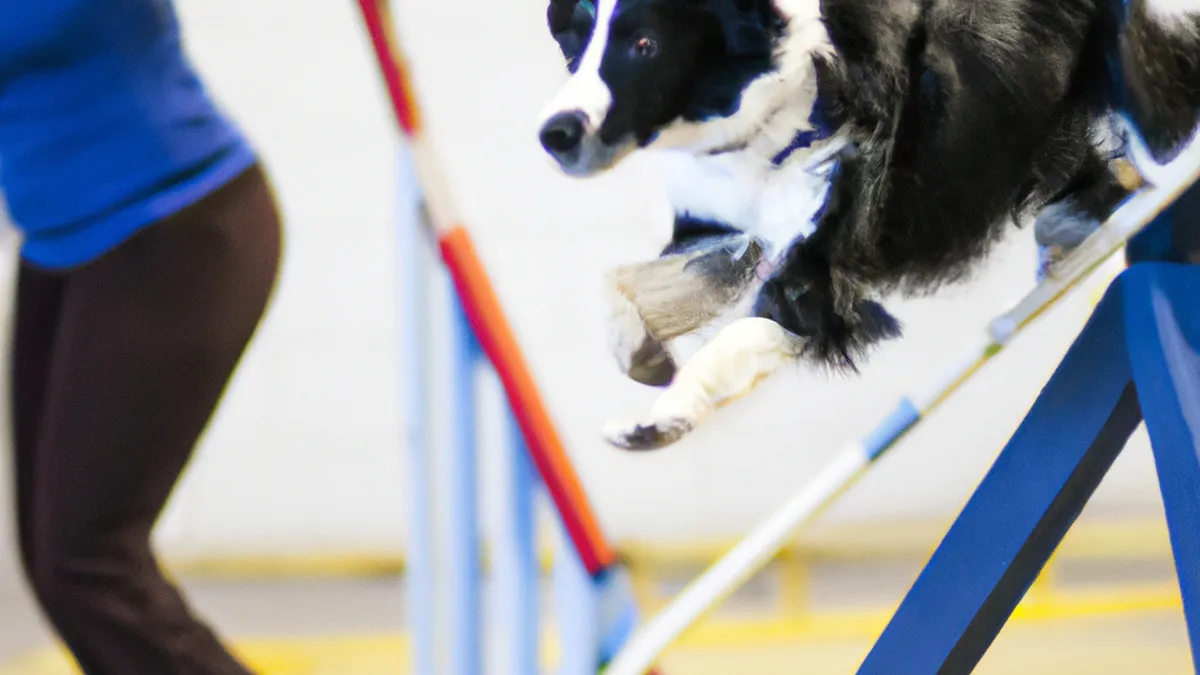Sandbags: Versatile Tools for Obstacle Enthusiasts
Utilizing Sandbags in Obstacle CoursesObstacle courses offer a fun, challenging way to stay fit. They combine physical exertion with mental toughness. Among various tools, sandbags stand out for their versatility. Sandbags add resistance and unpredictability, making workouts engaging. This post explores effective sandbag use in obstacle courses, providing tips and benefits for your training.
Why Choose Sandbags?
Sandbags serve as effective training tools for various reasons. They come in different sizes and weights, tailoring workouts to your fitness level. This adaptability suits both beginners and seasoned athletes. Sandbags are portable and easy to store. You can take them anywhere, including gyms, parks, or backyards. They help build strength, endurance, and coordination through functional movements.
Tips for Using Sandbags in Obstacle Courses
As an Amazon Associate I earn from qualifying purchases.
Gear tip: consider adjustable dumbbells, olympic barbell, and fractional plates to support this topic.
1. Choose the Right Weight
Select a suitable sandbag weight to maximize workout benefits. Start with a manageable weight to learn the movements. If you’re new, begin with a 20-30 pound bag. This weight helps you focus on form without overexerting. Gradually increase the weight as you grow stronger. Always listen to your body; reassess your weight choice if something feels off.
2. Incorporate Various Exercises
Use sandbags effectively by incorporating different exercises into your obstacle course. Sandbags enhance traditional strength exercises like squats, lunges, and shoulder presses. For example, perform sandbag squats while holding the bag at chest level. This engages your core and stabilizing muscles more than regular squats. Use sandbags for carries, throws, cleans, and snatches. Mixing exercises keeps workouts fresh and challenges various muscle groups.
3. Set Up Sandbag Stations
Create distinct stations in your obstacle course featuring sandbag challenges. One station could focus on sandbag carries over a distance. Another could involve sandbag cleans or overhead presses. You might also set up a station for burpees with a sandbag between sets. This structure keeps participants engaged and lets them improve different skills.
4. Encourage Teamwork
Obstacle courses promote teamwork, and sandbags enhance this aspect. Incorporate sandbags into team challenges to foster collaboration among participants.
Conclusion
Incorporating sandbags into obstacle courses enhances workouts and promotes versatility. Use these tips to maximize your training experience.
Below are related products based on this post:
FAQ
What are the benefits of using sandbags in obstacle courses?
Sandbags are versatile training tools that enhance workouts by adding resistance and unpredictability. They help build strength, endurance, and coordination through functional movements. Additionally, their portability allows for workouts in various environments, making them accessible for everyone.
How do I choose the right weight for my sandbag?
Select a manageable sandbag weight to maximize your workout benefits. Beginners should start with a 20-30 pound bag to focus on form without overexerting themselves. As you grow stronger, gradually increase the weight while always listening to your body.
What types of exercises can I do with sandbags?
Sandbags can be used for a variety of exercises, including squats, lunges, shoulder presses, carries, throws, cleans, and snatches. Incorporating different exercises into your obstacle course keeps workouts fresh and engages various muscle groups effectively.















Post Comment